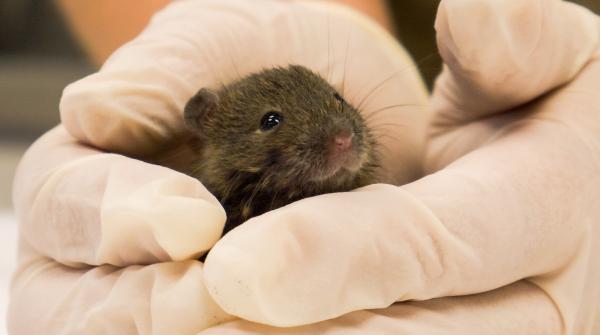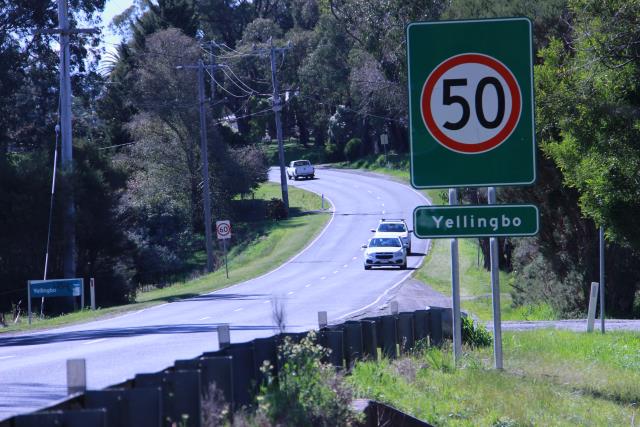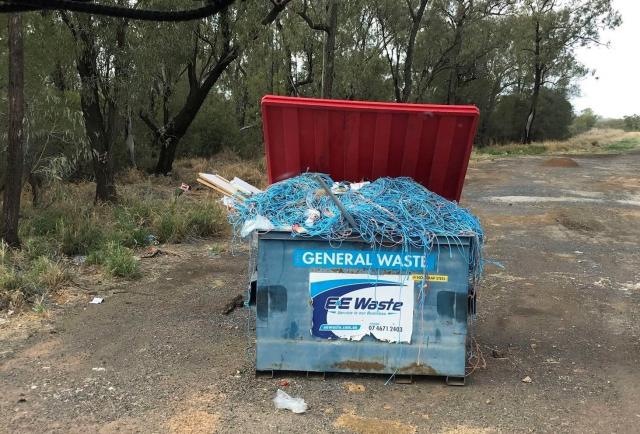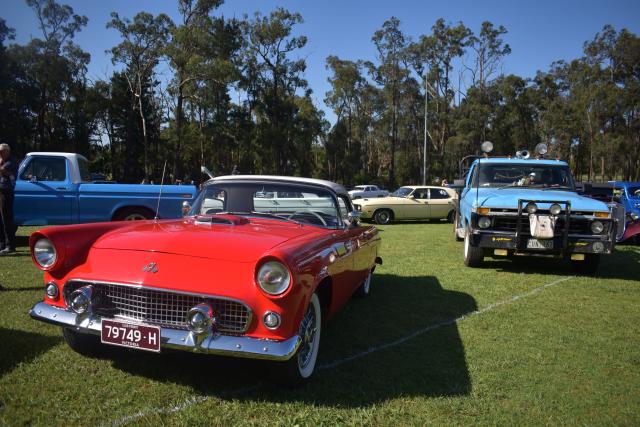While his invasive rat cousins are considered pests, ‘Marshall’ the baby native swamp rat is as precious as he looks.
Veterinarians at Healesville Sanctuary’s Australian Wildlife Health Centre have been nursing the baby native swamp rat back to health after he survived a dog attack that killed his mother.
The pup, nicknamed ‘Marshall’ after his native habitat, weighed just 10 grams and had only just opened his eyes when he was brought into the sanctuary suffering from dehydration and a wound on his side from his encounter with a dog.
During the past nine days, he has doubled his weight to a healthy 20 grams and is recovering well. Vets hope to release him back into the wild once he reaches 60 grams and can fend for himself.
“When he first came in, I was giving him milk five or six times a day,” said veterinary nurse Melissa Williamson. “Now he’s a little older, he’s getting milk a couple of times a day and has started to eat seeds and shoots.”
Native swamp rats, also known as velvet furred rats, are smaller than invasive species, with shorter snouts, rounder bodies and shorter tails. As their name suggests, they prefer to live in swampy and marshy areas where they can make tunnels through dense grass.
There are more than 60 native species of rodent in Australia, which are vulnerable to non-native predators such as cats and dogs. Healesville Sanctuary stresses how important it is to protect native rodent species – who are much more likely to be quietly living in your backyard than running across your kitchen floor.
Visitors to Healesville Sanctuary can see wildlife like Marshall receiving care at the Australian Wildlife Health Centre, where operating and treatment rooms are visible to the public through glass walls.
“We want to give guests the chance to really see how much care we give wildlife, and get a better understanding of what threats they face,” said Ms Williamson.
Healesville Sanctuary re-opened to visitors in October under the latest changing of coronavirus restrictions by the Victorian Government. Daily visitor numbers are capped and all tickets must be pre purchased online. For more information, visit: www.zoo.org.au







